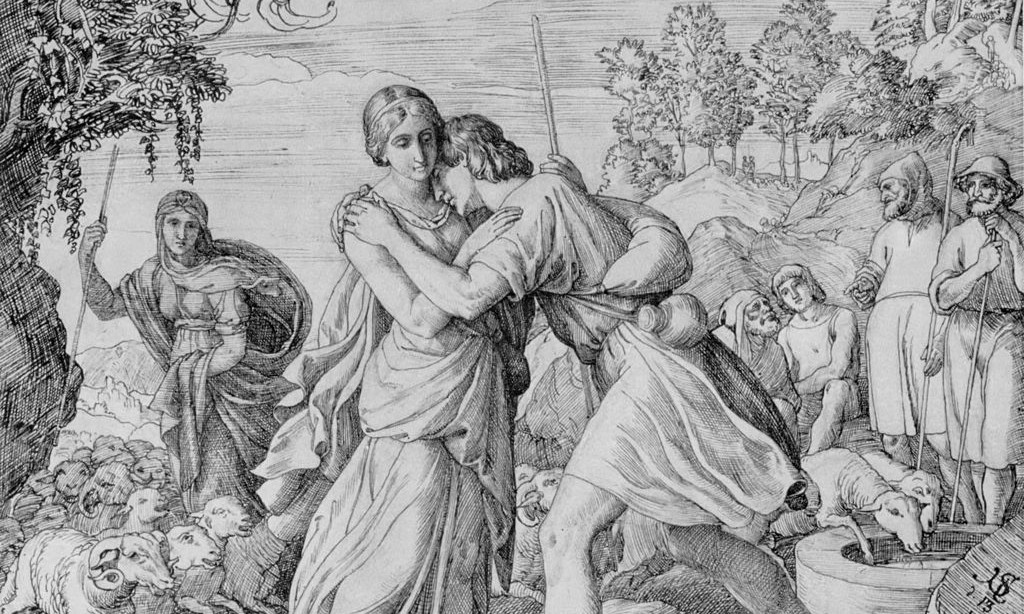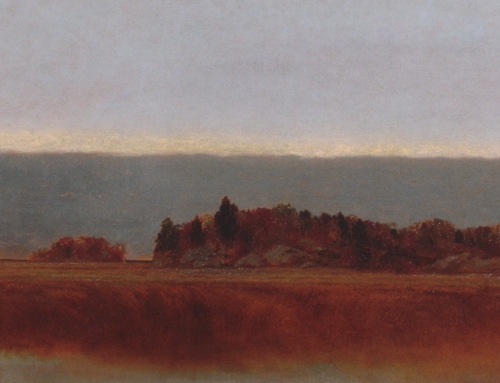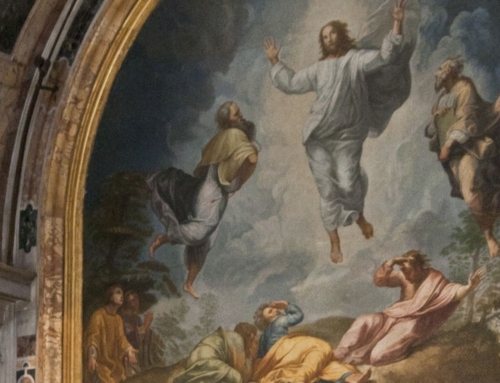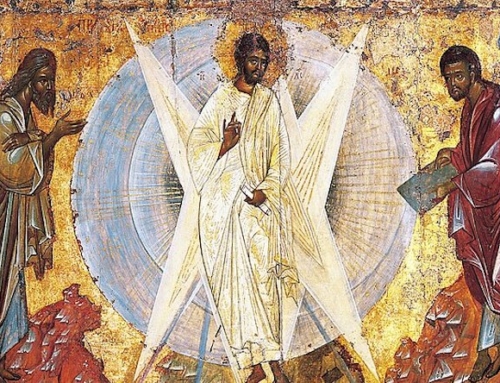The heroes in our lives play a large role in shaping our personalities. They symbolize our understanding of perfection since they often possess positive attributes for which we yearn, such as courage, strength and self-sacrifice. More importantly, they prove that we are deficient in these attributes. We need heroes in our lives to supply for these deficiencies.
At the well in Haran, a meeting takes place between Jacob and his cousin Rachel. Jacob’s parents had sent him to Haran, where his uncle Laban lives, to find a wife. As he approaches Haran, he finds a well where his cousin, whom he has never met before, comes to rest her sheep and to water them. The only problem is that the well is covered with a stone, and Rachel isn’t strong enough to move it. Jacob, the hero of this tiny tale, not only “rolls the stone away,” but also waters his cousin’s sheep (Gen 29:10). Watching Jacob perform a task that is too difficult for her to complete, Rachel sees a hero in her kinsman. When she discovers the identity of this hero, she runs back to her father in ecstasy and tells him about her encounter with Jacob (Gen 29:12).
In Rachel, we can see an image of a soul that encounters Christ. She describes the deficiencies that make every soul search for its Hero, the One who satisfies all its yearnings for perfection. Reminiscent of the passage above is another incident that also takes place at a well. Jesus meets a Samaritan woman, who, because of her lifestyle, is too ashamed to go to the well during the busy hours, but chooses to endure the heat of the sun at noon rather than listening to the taunts, mockery, and condemnations of her townspeople, the Sycharites (John 4:6). When Jesus offers her “living water,” she marvels (Jn 4:10); the “well is deep,” she says, and “you have nothing to draw water with” (Jn 4:11). At first she fails to recognize this Hero whose offer seems too good to be true. Fortunately for her, no “well” is too “deep” for Him, no soul is too broken, no sinner is too wicked. After discovering the identity of Jesus, who has quenched her thirst from the well of “living water,” the Samaritan woman ends up going “back to the town” and telling “everyone” about “the Christ” (Jn 4:29, 30).
The encounter between Jesus and the Samaritan woman sheds a great light on the one between Jacob and Rachel. If Jacob is a type of Jesus, then Rachel also has some connection to the Samaritan woman, who in turn represents the gentile Church that begins evangelizing immediately after encountering the Lord. Consequently, in Rachel we also recognize the Church, who falls in love with Her Saviour; we see the Bride of the Song of Songs who has “found the One” whom she “loves” and “would not let Him go,” because in Him she finds all the perfections she seeks (Song 3:4).
✠
Image: Julius Schnorr von Carolsfeld, Jacob and Rachel at the Well







